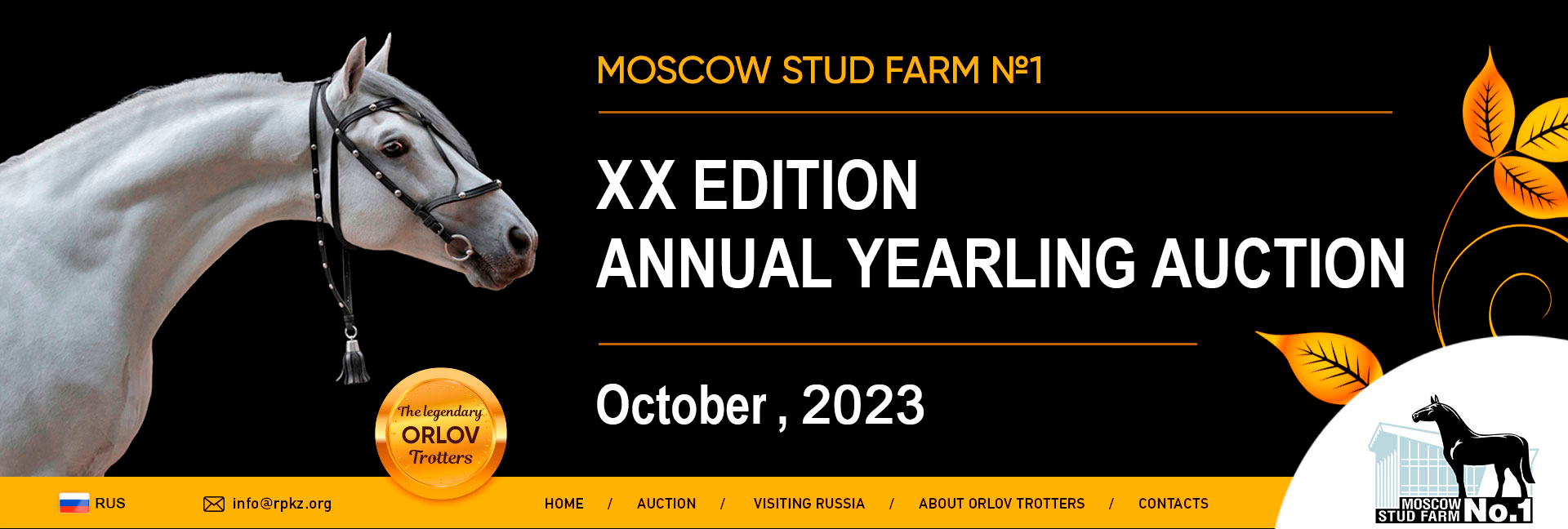Meet Russia’s Orlov Trotters!
Their story is intertwined with the history of Russia itself, and the Russian people and the Russian culture, and they count nearly three centuries of loyal service to those who have loved them over the years. These are spectacular horses, mostly grey and often shown in teams of three – “troikas” – flying through the Russian forests, skimming across ice and snow to the song of harness bells, subduing the vast Russian steppe with their tireless, ground-eating trot, necks arching proudly, eyes flashing, thick flowing manes and tails tossed in the wind. Renowned for their charisma, spectacular good looks, their strength and endurance, these Orlov Trotters are also the gentlest, most sensitive and most versatile of horses, combining the power and beauty of Pegasus with the innocence of lambs.





